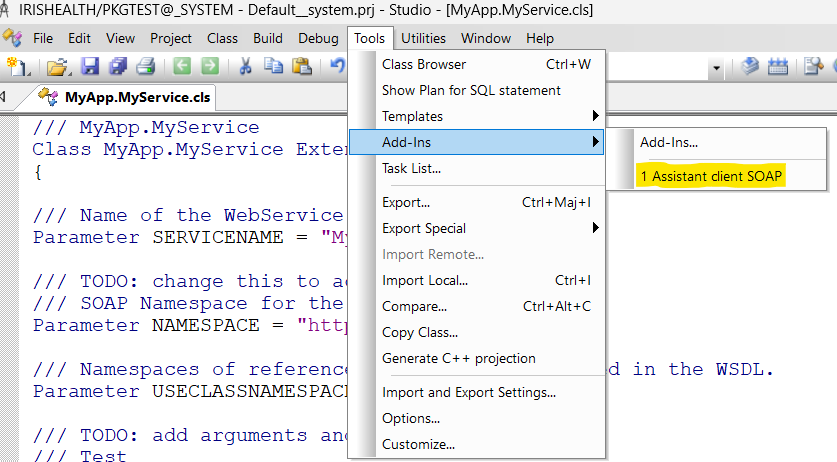As you might have heard, we just introduced the InterSystems API Manager (IAM); a new feature of the InterSystems IRIS Data Platform™, enabling you to monitor, control and govern traffic to and from web-based APIs within your IT infrastructure. In case you missed it, here is the link to the announcement.
In this article, I will show you how to set up IAM and highlight some of the many capabilities IAM allows you to leverage.



